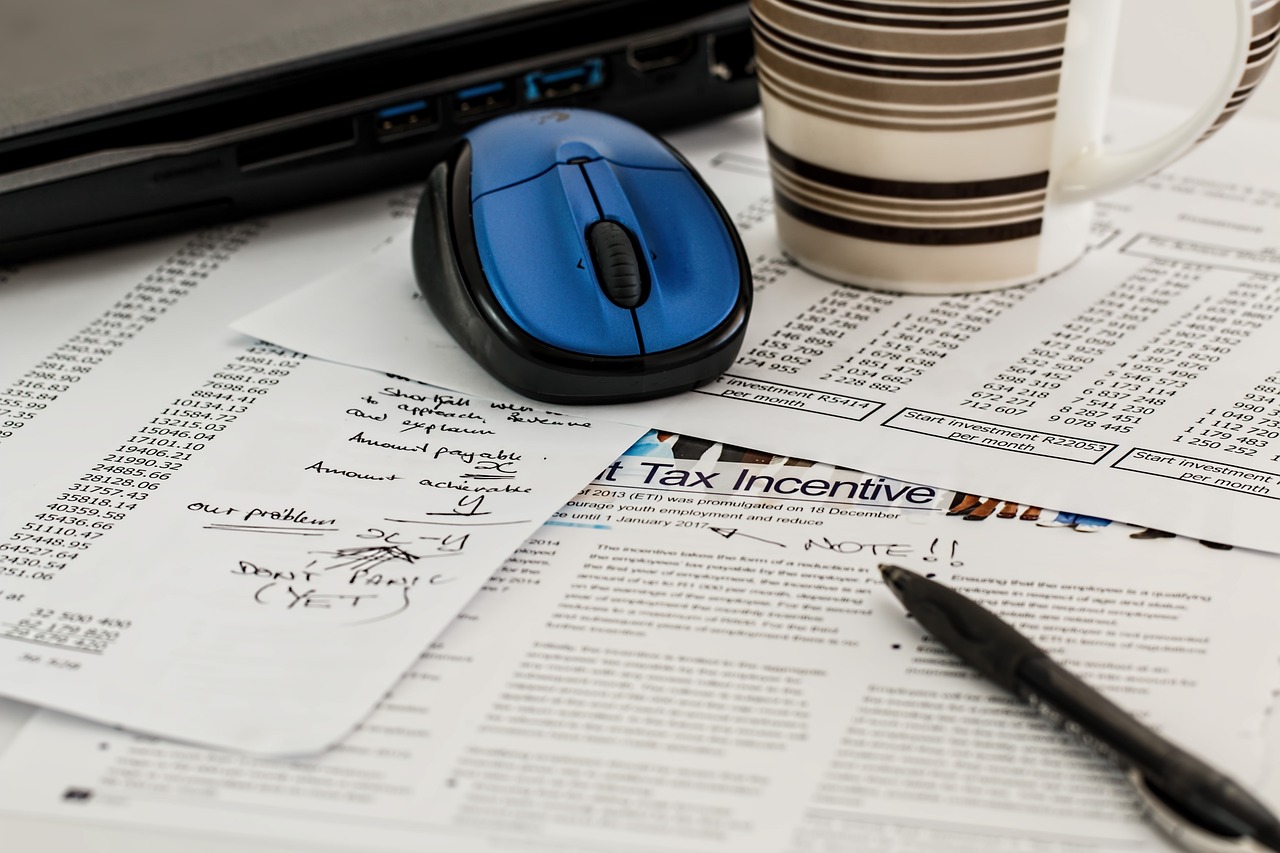Are you dreaming of an early retirement? The thought of enjoying your golden years without the daily grind is undoubtedly appealing. However, to make this dream a reality, it’s crucial to have a solid financial plan in place. One key aspect of such a plan is tax-efficient investment strategies. By optimizing your investments to minimize your tax liability, you can maximize your savings and pave the way for a comfortable retirement.
Understanding Tax-Efficient Investing
Before we delve into the nitty-gritty details of tax-efficient investment strategies, let’s first understand the concept itself. Tax-efficient investing involves structuring your investment portfolio in a way that minimizes the impact of taxes on your returns. It aims to maximize after-tax returns by utilizing tax-advantaged accounts, strategically managing capital gains, and making smart asset allocation decisions.
Tax-Advantaged Accounts: Your Key to Success
When it comes to tax-efficient investing, tax-advantaged accounts are your best friends. These accounts offer special tax benefits that can significantly boost your retirement savings. Here are a few popular options in Canada:
- Registered Retirement Savings Plan (RRSP): Contributions to an RRSP are tax-deductible, and your investments grow tax-free until withdrawal.
- Tax-Free Savings Account (TFSA): TFSA contributions are made with after-tax dollars, but any earnings and withdrawals are tax-free.
- Registered Education Savings Plan (RESP): An RESP allows tax-sheltered growth for education savings, with added government grants.
Capital Gains Management: Timing is Everything
Managing your capital gains is another crucial aspect of tax-efficient investing. By carefully timing the purchase and sale of investments, you can minimize the taxable portion of your gains. Here are a couple of strategies to consider:
- Harvesting Capital Losses: Offset capital gains by selling investments that have declined in value. The losses can be used to offset gains, reducing your overall tax liability.
- Asset Location: Place investments generating higher returns in tax-advantaged accounts, while allocating investments with lower expected returns to taxable accounts.
Expert Tips for Tax-Efficient Investing
Now that you have a solid foundation in tax-efficient investing, let’s dive into some expert tips to help you optimize your retirement savings:
1. Diversify your Investments
Don’t put all your eggs in one basket! Diversifying your investments across various asset classes can help reduce risk and potentially lower your tax burden. Consider a mix of stocks, bonds, real estate, and other investment vehicles to create a well-balanced portfolio.
2. Utilize Tax-Managed Funds
Tax-managed funds are specifically designed to minimize tax implications for investors. These funds employ strategies such as minimizing capital gains distributions and tax-efficient rebalancing to optimize after-tax returns.
3. Stay Informed about Tax Law Changes
Tax laws are subject to change, and it’s crucial to stay updated. Being aware of any tax law revisions can help you adjust your investment strategies accordingly and take advantage of any new tax-saving opportunities. Consult with a financial advisor or tax professional to ensure you’re well-informed and making the most tax-efficient decisions.
4. Consider Income Splitting
If you have a spouse or partner, consider income splitting as a strategy to reduce your overall tax liability. By allocating income to the lower-income earner, you can potentially take advantage of lower tax brackets and save on taxes.
5. Take Advantage of Dividend Tax Credits
In Canada, dividends from eligible Canadian corporations receive a dividend tax credit, which can significantly reduce your tax burden. Consider investing in dividend-paying stocks within your taxable accounts to take advantage of these tax credits and boost your after-tax returns.
6. Don’t Forget about Tax-Loss Harvesting
Tax-loss harvesting involves strategically selling investments that have experienced a loss to offset capital gains and reduce your tax liability. Be mindful of the superficial loss rule, which prevents you from claiming the loss if you repurchase the same investment within a short period. Consult with a tax professional to navigate this strategy effectively.
7. Plan for Required Minimum Distributions (RMDs)
If you have a Registered Retirement Income Fund (RRIF) or a Locked-In Retirement Account (LIRA), keep in mind that you’ll be required to take minimum distributions once you reach a certain age. Properly planning these distributions can help manage your tax liability and ensure you’re making the most of your retirement savings.
Conclusion
Early retirement is an achievable goal with careful planning and the right investment strategies. By focusing on tax-efficiency, you can make the most of your savings while minimizing your tax liability. Remember to leverage tax-advantaged accounts, manage your capital gains, and diversify your investments. Stay informed, seek professional advice when needed, and adapt your strategies to any changes in tax laws. With these tax-efficient investment strategies for early retirement in Canada, you can pave the way for a financially secure and fulfilling retirement.
So, start taking action today and embark on your journey toward an early retirement that’s not only financially rewarding but also tax-efficient. Your future self will thank you!





